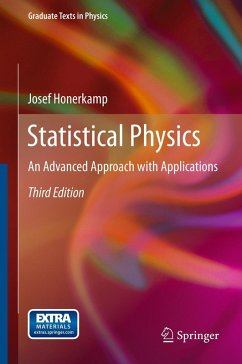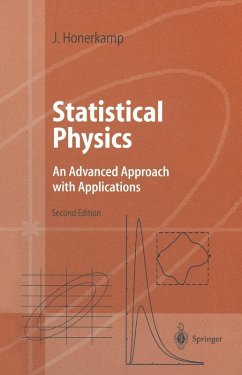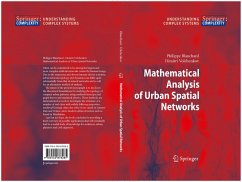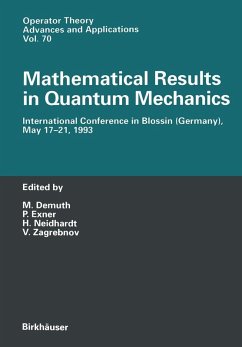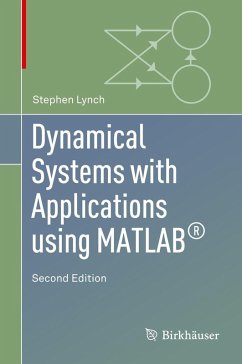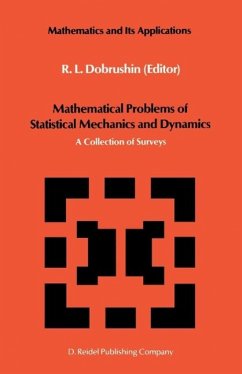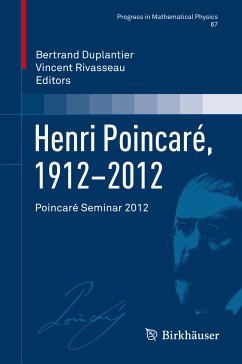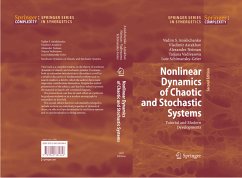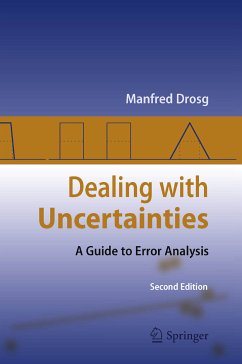
Dealing with Uncertainties (eBook, PDF)
A Guide to Error Analysis
Versandkostenfrei!
Sofort per Download lieferbar
72,95 €
inkl. MwSt.
Weitere Ausgaben:

PAYBACK Punkte
36 °P sammeln!
A new approach towards uncertainties is taken. Firstly, it is shown that uncertainties are the consequence of modern science rather than of measurements. Secondly, the importance of internal uncertainties is stressed. They can deal with the uncertainty of a single data point and with sets of data having differing weights. Both cases cannot be handled with external uncertainties which are usually considered. The handling of both uncorrelated and correlated uncertainties is fully covered. The weakness of using statistical weights in regression analysis is discussed. Examples are given for correl...
A new approach towards uncertainties is taken. Firstly, it is shown that uncertainties are the consequence of modern science rather than of measurements. Secondly, the importance of internal uncertainties is stressed. They can deal with the uncertainty of a single data point and with sets of data having differing weights. Both cases cannot be handled with external uncertainties which are usually considered. The handling of both uncorrelated and correlated uncertainties is fully covered. The weakness of using statistical weights in regression analysis is discussed. Examples are given for correlations in data evaluations and for the feedback of uncertainties on experiments.
Dieser Download kann aus rechtlichen Gründen nur mit Rechnungsadresse in A, B, BG, CY, CZ, D, DK, EW, E, FIN, F, GR, HR, H, IRL, I, LT, L, LR, M, NL, PL, P, R, S, SLO, SK ausgeliefert werden.




